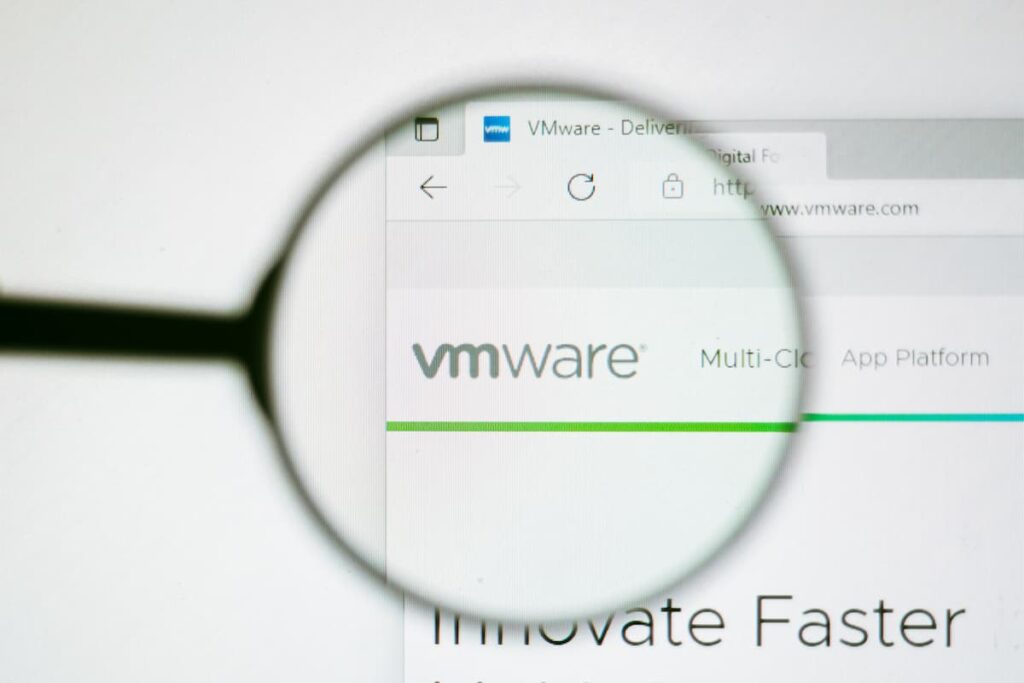VMware helps us to manually install VMware Tools on a Windows Server or desktop virtual machine. The guest operating systems that support VMware Tools are Windows 2000 and earlier, Windows XP, Windows Server 2003, Windows Vista and later.
Prerequisites for installing VMware Tools
- Power on the virtual machine (VM) running Windows.
- Check that the guest operating system is running and that it is a Microsoft system.
- For vSphere virtual machines, we need to check if you have the latest version of VMware Tools. In the vSphere Client inventory, select the virtual machine and click the Summary tab.
- For Workstation Player, VMware Fusion, and Workstation Pro virtual machines, if you connected the virtual machine’s virtual CD/DVD drive with an ISO image file when installing the operating system, change the setting so that the virtual CD/DVD drive is configured to auto-detect a physical drive. The auto-detect setting allows the first virtual CD/DVD drive in the machine to detect and connect to the VMware Tools ISO image for VMware Tools installation. The guest operating system will treat the ISO file as if it were a physical CD. Use the virtual machine configuration editor to set the CD/DVD drive for automatic detection of physical drives.
- Log in as administrator unless you are using a previous Windows operating system. Any user can install VMware Tools on Windows 95, Windows 98, or Windows ME guest operating systems. For operating systems later than these, you must log in as an administrator.
- If you are using vSphere and plan to install the Guest Introspection Thin Agent driver, see the system requirements in the vShield Quick Start Guide. The vShield component is not installed by default. You must perform a custom installation and include the vShield component.
- The AppDefense component is not installed by default. You must perform a custom installation and include that component.
Install VMware Tools
- Select the menu command to mount the VMware Tools virtual disk on the guest operating system.
| Product VMware | Action |
|---|---|
| vSphere Client | Right-click on the virtual machine and select Guest Operating System > Install VMware Tools… or Guest Operating System > Upgrade VMware Tools…. |
| Fusion Mac | Virtual Machine > Install (or Upgrade) VMware Tools |
| Workstation Pro | MV > Install (or Upgrade) VMware Tools |
| Workstation Player | Player > Manage > Install (or Upgrade) VMware Tools |
- If you are using vCenter Server and are upgrading or reinstalling, in the Install/Upgrade VMware Tools dialog box, select Interactive Tools Installation or Interactive Tools Upgrade and click OK. The process begins by mounting the VMware Tools virtual disk on the guest operating system.
- If you are installing VMware Tools for the first time, click OK on the VMware Tools information screen. If autorun is enabled on the guest operating system CD-ROM drive, the VMware Tools installation wizard will start. If autorun is not enabled, to manually start the installation wizard, click Start > Run and enter D:\setup.exe, where D: is your first virtual CD-ROM drive. Use D:\setup64.exe for the 64-bit Windows guest operating system.
- Follow the on-screen instructions. If you are using vSphere to install non-default components, such as the Guest Introspection Thin Agent driver, select the Custom installation. Note: If NSX Guest Introspection (GI) drivers are installed and you use the ‘Custom’ installation option in the Tools installer for the upgrade, ensure that all installed GI drivers are updated during the upgrade.
- If the New Hardware Wizard appears, follow the prompts as they appear and accept the defaults. Note: If you are installing a beta or RC version of VMware Tools and a warning is displayed indicating that a package or driver has not been signed, click Install Anyway to complete the installation.
- When prompted, restart the virtual machine.
Results
If you are using vCenter Server, the VMware Tools tab on the Summary tab will change to OK.
What to do next
If you have upgraded VMware Tools as part of a larger system-wide upgrade, you will need to decide if you want to upgrade the virtual machines in your environment. To review and compare available hardware for different compatibility levels, see the vSphere Virtual Machine Administration documentation.

